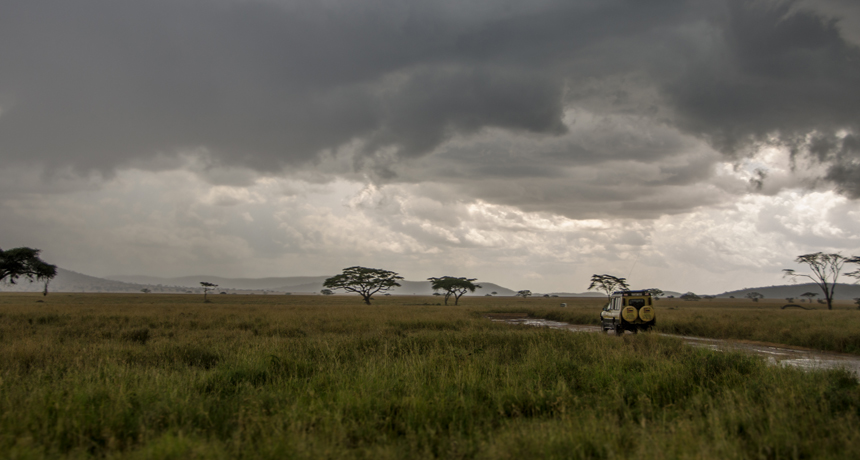Greenhouse gases may spell wet future for Africa
Historic damp periods linked to boosts in planet-warming emissions

STORMY FORECAST By studying a wet period in Africa's distant past, researchers have found that current increases in atmospheric greenhouse gases may spell a rainy future for certain parts of the continent, such as northern Tanzania (shown).
Colin J. McMechan/FLICKR (CC BY-SA 2.0)







